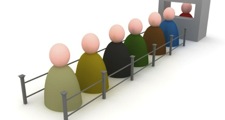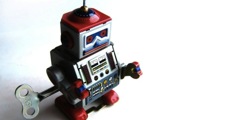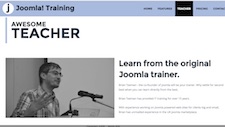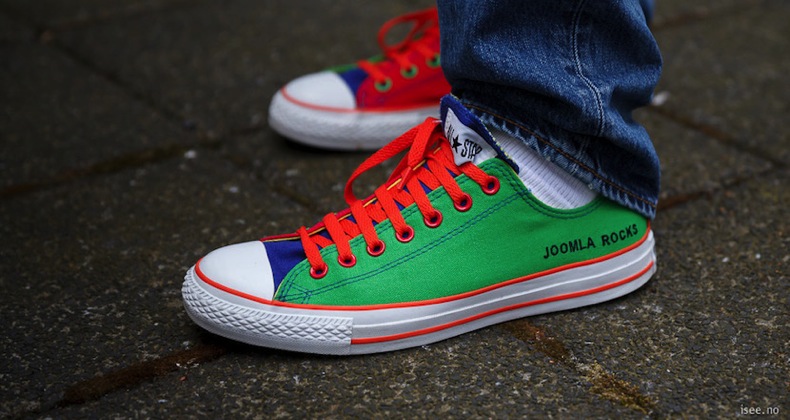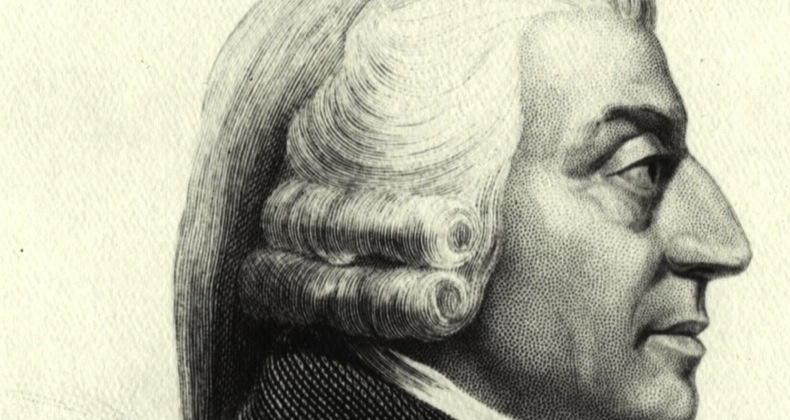
Detractors of Free & Open Source (FLOSS) software often accuse it of being the home of the politicaly left wing.
That is certainly not something that could be send of The Adam Smith Institute.
The Adam Smith Institute was long a favorite of Maggie Thatcher, Ronald Reagan and the Conservative Party, "as the founder of free market economics".
Read more: Joomla JAM on the iPhone
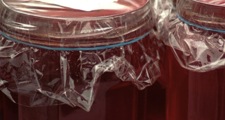
Even though I am known to many as Mr Gadget man I don't own an iphone. I've just never seen the point!
My windows based mobile has done everything I wanted it to do, and I already own an mp3 player and digital camera.
But today perhaps this has all changed. As someone who is regularly out on the road I rely on my portable joomla training suite to keep me intouch with the world and more importantly in control of my clients web sites.
Now Joomla! administration has finally found its way to the iPhone with J Admin Mobile (JAM!)(iTunes link). JAM! will allow you to manage many of the core Joomla! 1.5 features right from your iPhone!
Read more: Importing forms in joomla
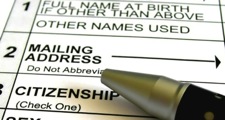
Last week I blogged about creating a large form with complex validation rules using bfForms.
But what do you do if you want to add an existing html form to your joomla site?
Perhaps you have a form created in dreamweaver, or you have purchased a form from an on-line library, or even have a form created in microsoft word that you want to add to your site.
A beginners guide to joomla - part 1
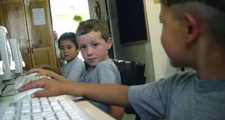
I built a joomla form today, oh boy!
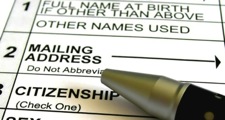
Users lie - joomla support in the real world

Sub-Categories for joomla are here!
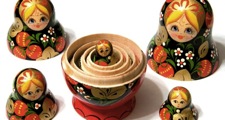
Form an orderly line - the nirvana for joomla sites aproaches
